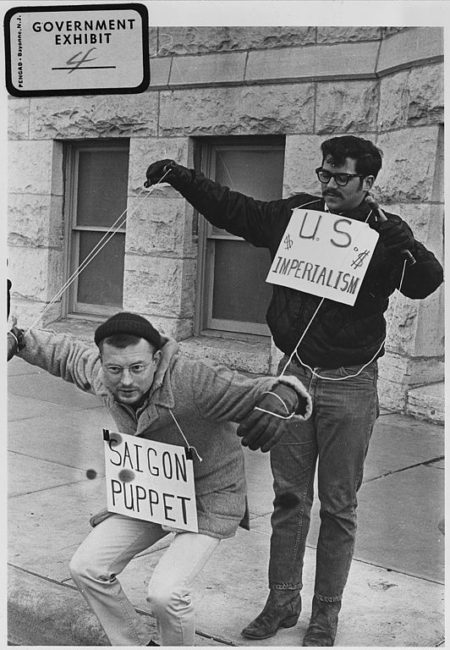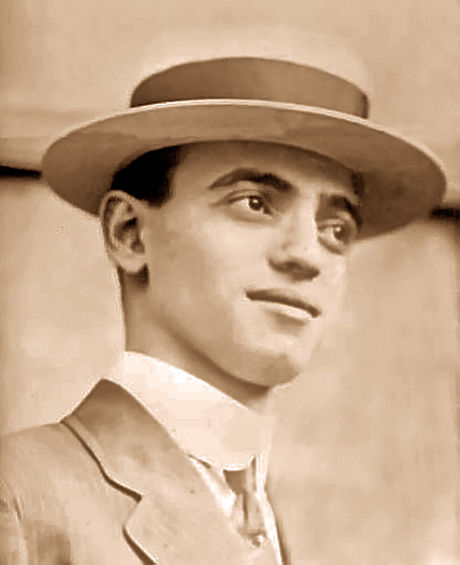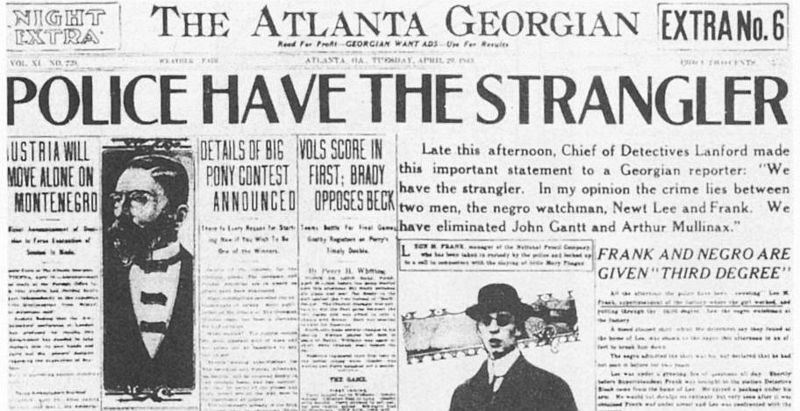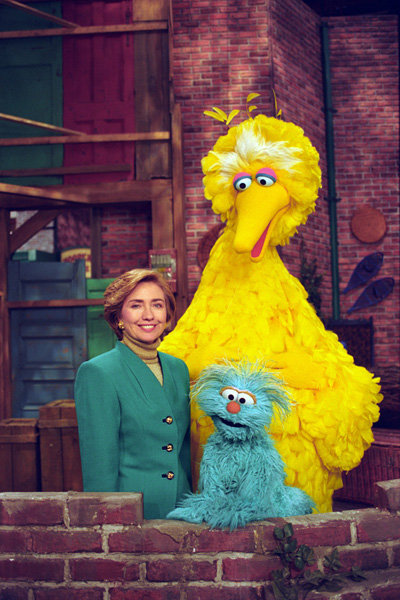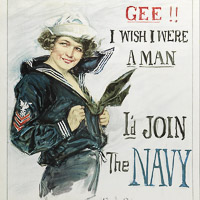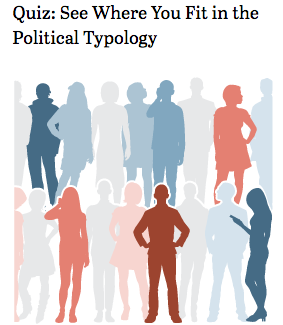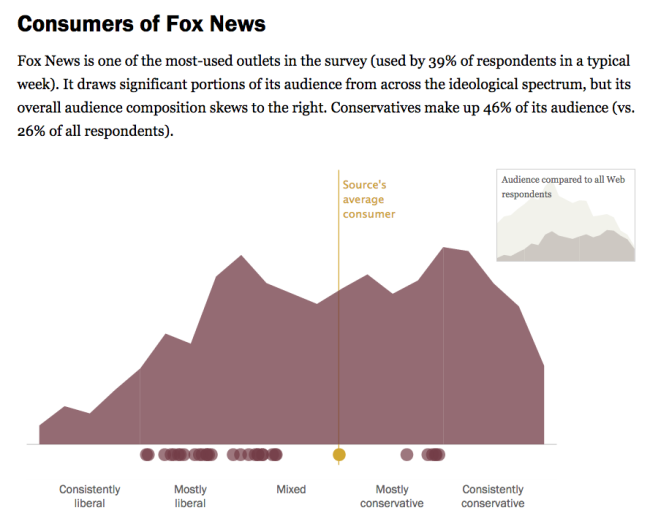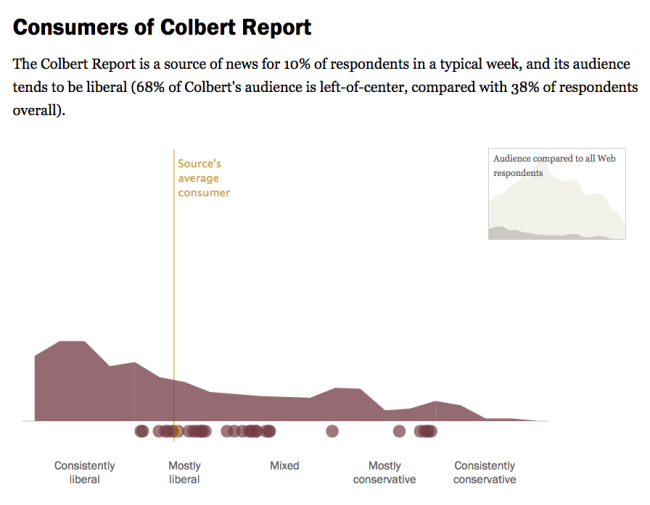My Social Studies Methods class at the University of Portland recently published a free multi-touch iBook – Exploring History: Vol III (free iTunes). It features thirteen engaging questions and historic documents that empower students to be the historian in the classroom. For more info on our project and free download of multi-touch iBook and pdf versions click here. To better publicize student work, I’m featuring each chapter in it’s own blog post. (Twelfth of 13)
Anti-Vietnam War Imagery by Felicia Teba
Download as PDF 1.7 MB
How can images/language usage help us understand the goals of a movement or group?
The Sixties were a tumultuous time period in America. The Civil Rights Movement was taking place, various student movements were blossoming, and the Vietnam War was coming into full swing. The War would especially create divisions about US Cold War policies, and our military presence in Vietnam. This would be a contentious issue raised by various Student movements and Counterculture groups. These groups would push for the end of the war, through images and protests. In this DBL, students will answer a series of questions regarding the counterculture movements. When using this DBL, students should have some knowledge about the anti-war movement.
Reflection by Felicia Teba
For the past three weeks, we have been working on designing our own Document Based Lessons (DBLs) to be published as a collaborative book. This experience was interesting . This was my first time working on a project like this. I found that the process was a bit long and required having good knowledge about the topic. This is why I chose to cover anti-Vietnam War images in my DBL. I know a lot about the anti-war movement and it was a topic I felt would be interesting for high school students to examine.
When working on designing this DBL, I had first thought that I wanted to cover ’60s pop culture in relation to the counterculture movement. I then had a difficult time finding sources that were not copyrighted or would have such problems arise. This moved me to find images related to the anti-war movement. I found many images, including the one featured above, that related to looking at anti-war protests and what those who were against the war were arguing.
Once I had these images, I arranged them around an essential question: How can images/language usage help us understand the goals of a movement or group? I chose to base my DBL around this question because it helps students to build skills around historical thinking skill such as Sourcing and Close Reading. Each of the images in my DBL features the essential question as a reminder of what to be thinking about, and each image includes 4 questions specific to the image. This helps the student to make deeper connections to the images and what they are conveying.
When creating this DBL, I found the experience to be interesting, and a little scary. It was interesting because I was able to get creative when designing the layout for my image set. I used various colored shapes to help my essential question and each additional question stand out. I also used a couple of widgets that allow students to magnify the image, and another that allows you to click the image and receive additional info about it, almost like a caption box. I feel like these additions helped to make my DBL feel less dull.
If I were to get the chance to, I would definitely like to do another project like this. It makes you think about what questions are worth asking, and what you want students to look at as historians.
Image credit: Vietnam War protesters. 1967. Wichita, Kans Wikipedia
